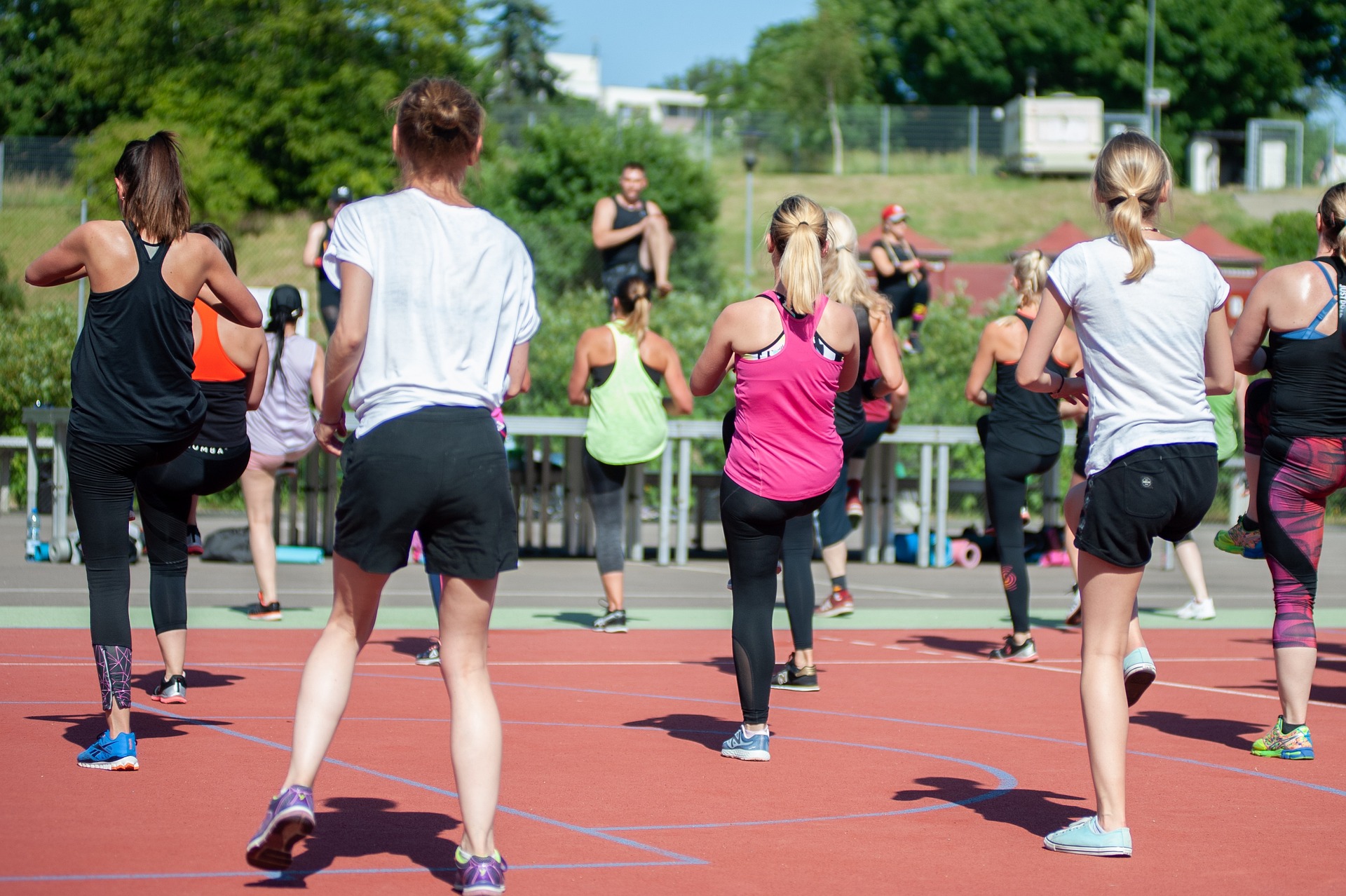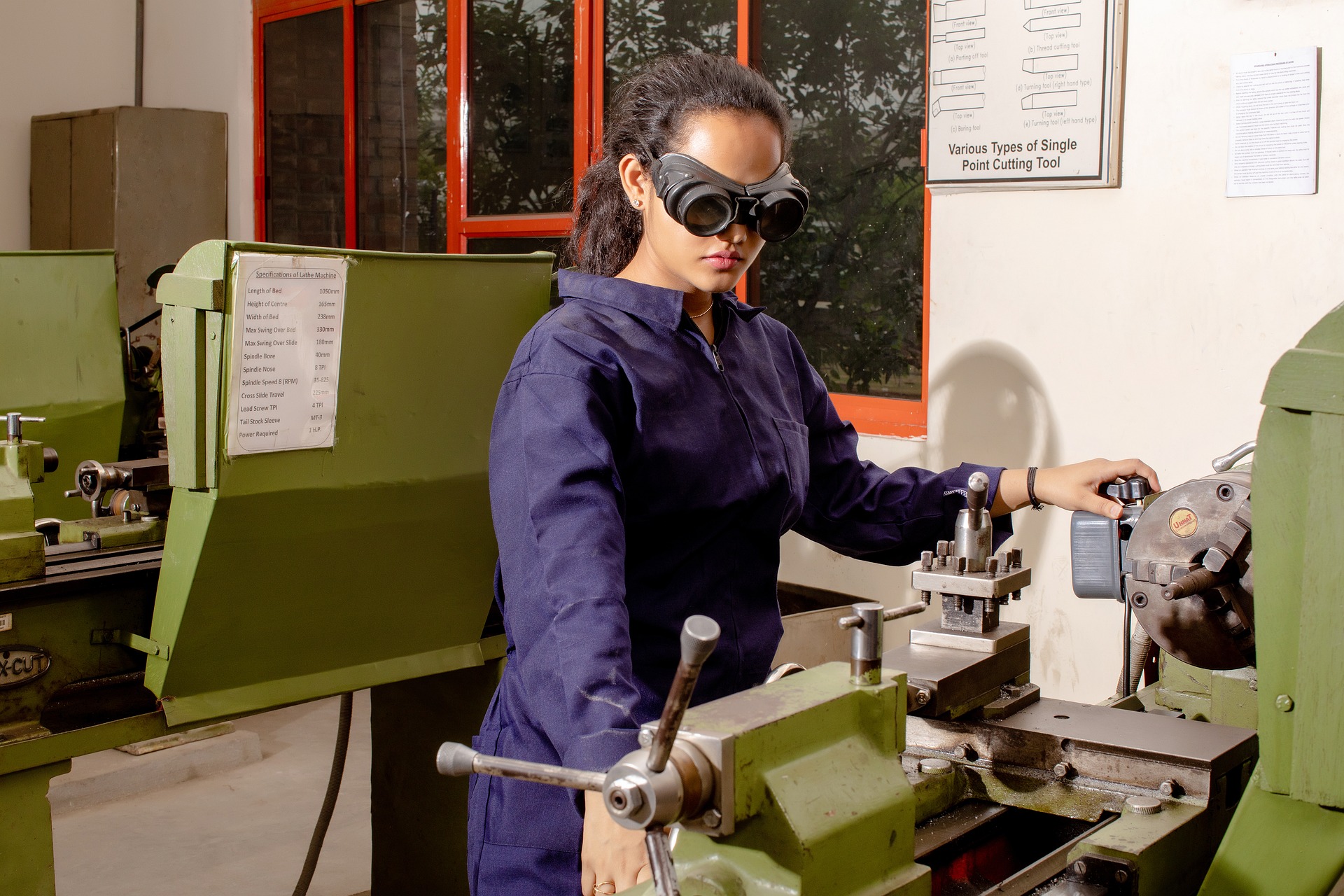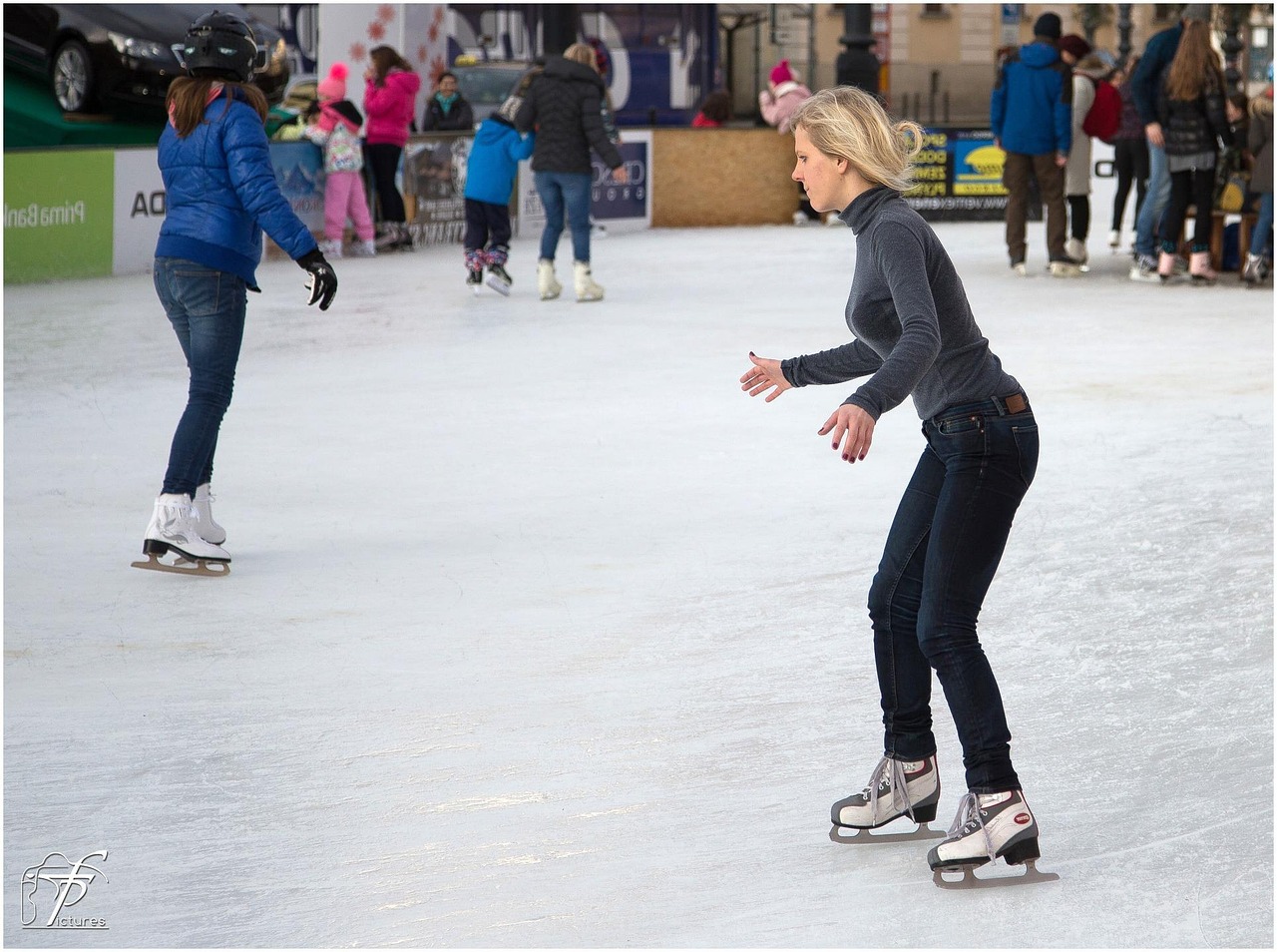The Hidden Power of Hand-Eye Coordination in Sports
Sports have been a vital part of human culture for centuries, from the ancient Olympic Games in Greece to modern-day international tournaments. But beyond the physical prowess and strategic acumen, there's a crucial skill that often goes unnoticed: hand-eye coordination. This skill is central to many sports, including tennis, basketball, and baseball, and it can be the difference between an amateur and a pro athlete.

Hand-eye coordination is the ability to process information received through the eyes to control, guide, and direct the hands in accomplishing a given task, such as handwriting or catching a ball. It involves the coordination of visual input with hand movement, and it is developed through practice. This article will delve deeper into the role of hand-eye coordination in sports, its benefits, and how athletes can improve this critical skill.
The Role of Hand-Eye Coordination in Sports
In the world of sports, hand-eye coordination is a fundamental skill. Whether it’s shooting a basketball, returning a serve in tennis, or catching a football, athletes rely on this ability to perform at their best. Particularly in fast-paced sports where split-second decisions can make or break a game, hand-eye coordination is paramount.
For instance, consider a baseball player at bat. The pitcher hurls the ball towards the home plate at lightning-fast speeds. The batter must not only track the approaching ball with their eyes but also coordinate their body and bat to connect with the ball at the right moment. This skill can be the difference between a home run and a strikeout.
The Benefits of Hand-Eye Coordination
Enhancing hand-eye coordination has several benefits. For starters, it can improve performance in almost any sport. Whether you’re a golfer aiming for the hole, a table tennis player returning a serve, or a boxer dodging punches, better hand-eye coordination can lead to better performance.
Additionally, improved hand-eye coordination can lead to better reaction times. Sports often require athletes to react quickly to changing situations, and those with high hand-eye coordination are often better equipped to handle these rapid changes.
Moreover, research has shown that hand-eye coordination exercises can also boost cognitive skills, such as attention, memory, and decision-making. These benefits go beyond the sports field and can help in day-to-day activities.
Challenges and Real-World Applications
Improving hand-eye coordination is not without its challenges. It requires consistent practice and, in some cases, specialized training methods. However, the benefits it brings to sports performance and cognitive function make it worthwhile.
In real-world scenarios, hand-eye coordination comes into play in various ways. It’s essential in tasks like driving, where visual information is used to coordinate hand movements on the steering wheel and foot movements on the pedals. It’s also crucial in arts and crafts, where fine motor skills and hand-eye coordination work in tandem to create intricate designs.
How to Improve Hand-Eye Coordination
Improving hand-eye coordination involves a mix of targeted exercises and consistent practice. These exercises could range from playing catch to juggling to video games that require precise hand-eye coordination.
Additionally, sports like table tennis, badminton, and squash can also help improve this skill. These sports involve tracking a fast-moving object and responding with precise hand movements, which can significantly enhance hand-eye coordination over time.
In conclusion, while physical strength and strategic thinking are essential in sports, the power of hand-eye coordination should not be underestimated. This often overlooked skill can greatly impact athletic performance and provide cognitive benefits that extend beyond the sports field. The journey to improve hand-eye coordination may be challenging, but the rewards are well worth the effort.





